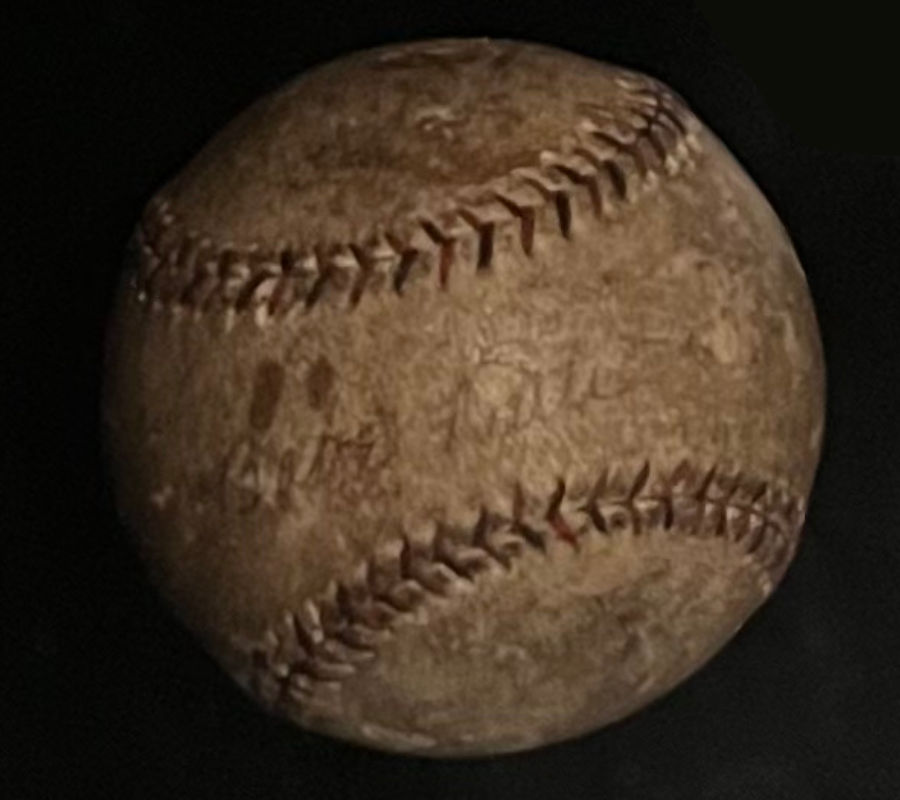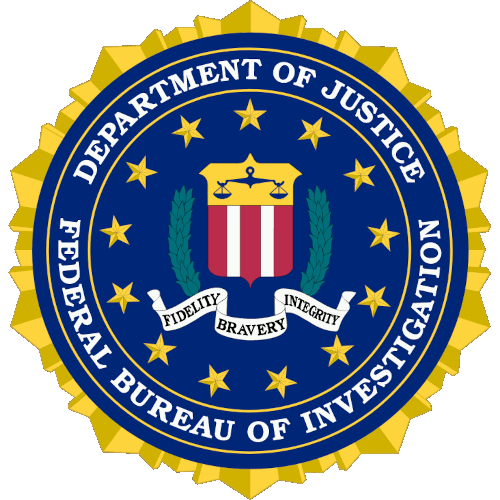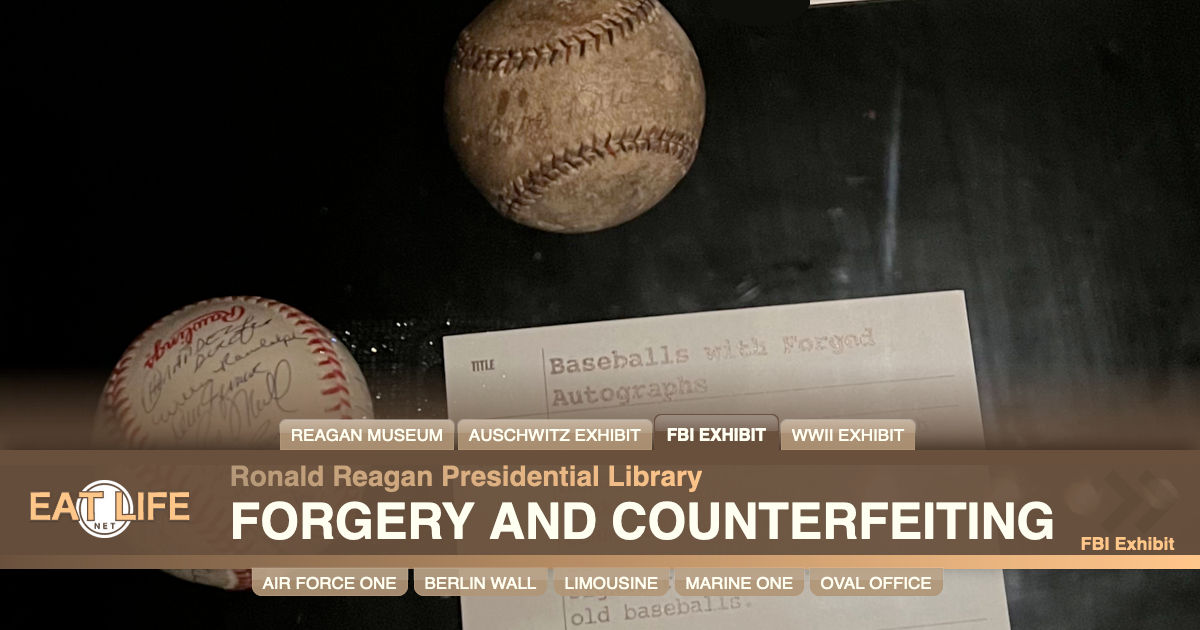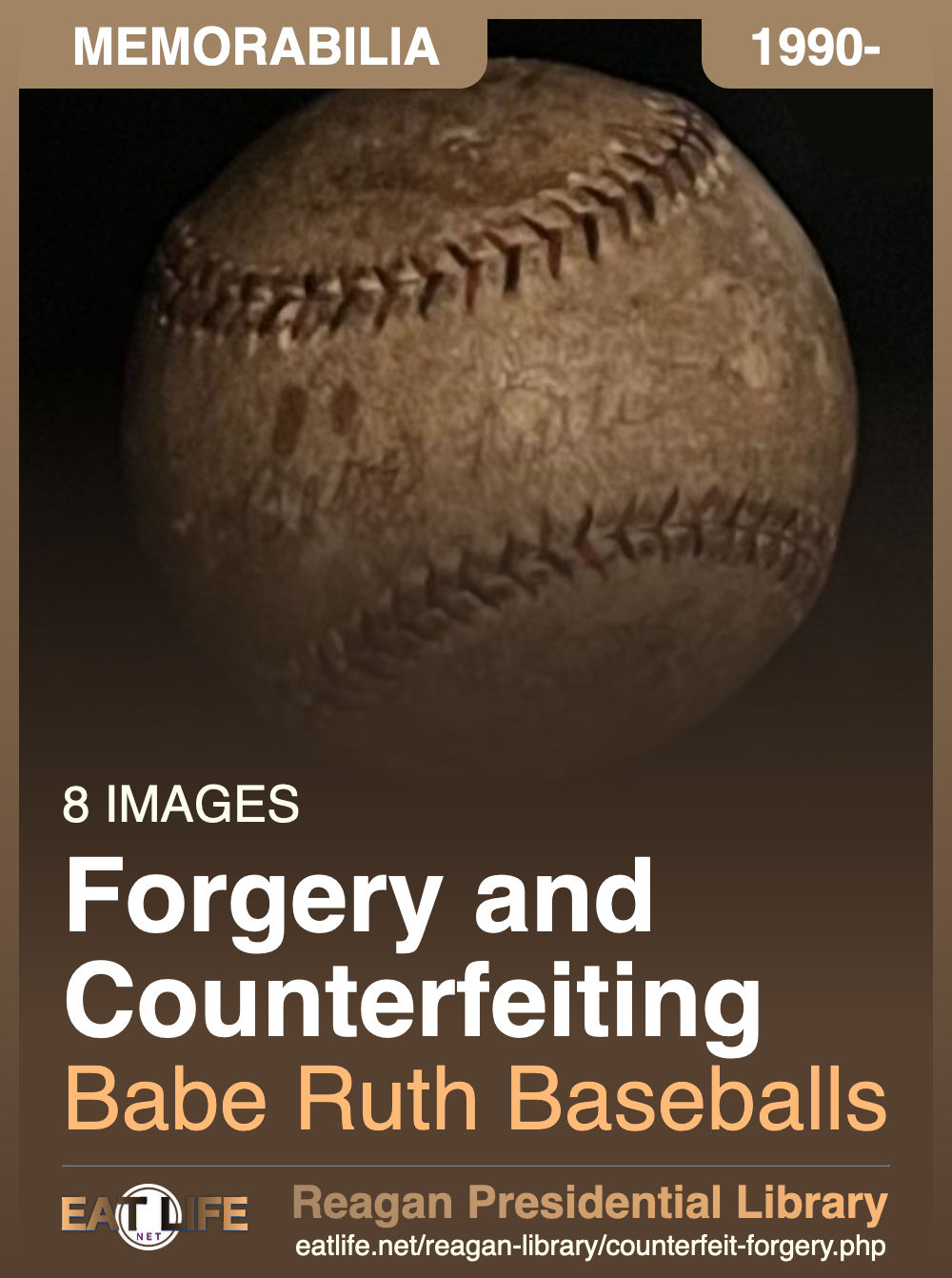MEMORABILIA:
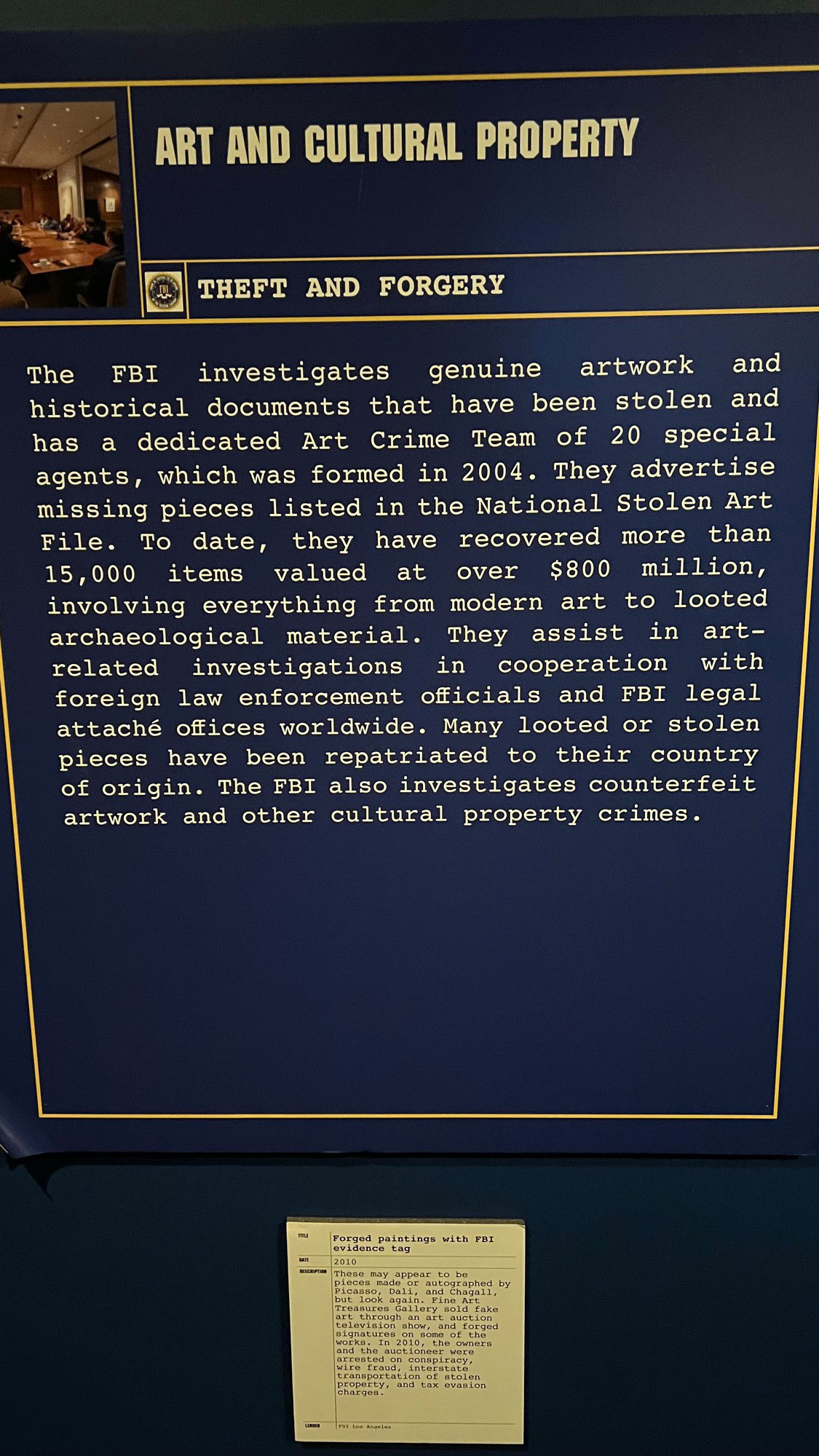
Theft and Forgery
The FBI investigates genuine artwork and historical documents that have been stolen and has a dedicated Art Crime Team of 20 special agents, which was formed in 2004. They advertise missing pieces listed in the National Stolen Art File. To date, they have recovered more than 15,000 items valued at over $800 million, involving everything from modern art to looted archaeological material. They assist in art related investigations in cooperation with foreign law enforcement officials and FBI legal attache offices worldwide. Many looted or stolen pieces have been repatriated to their country of origin. The FBI also investigates counterfeit artwork and other cultural property crimes.
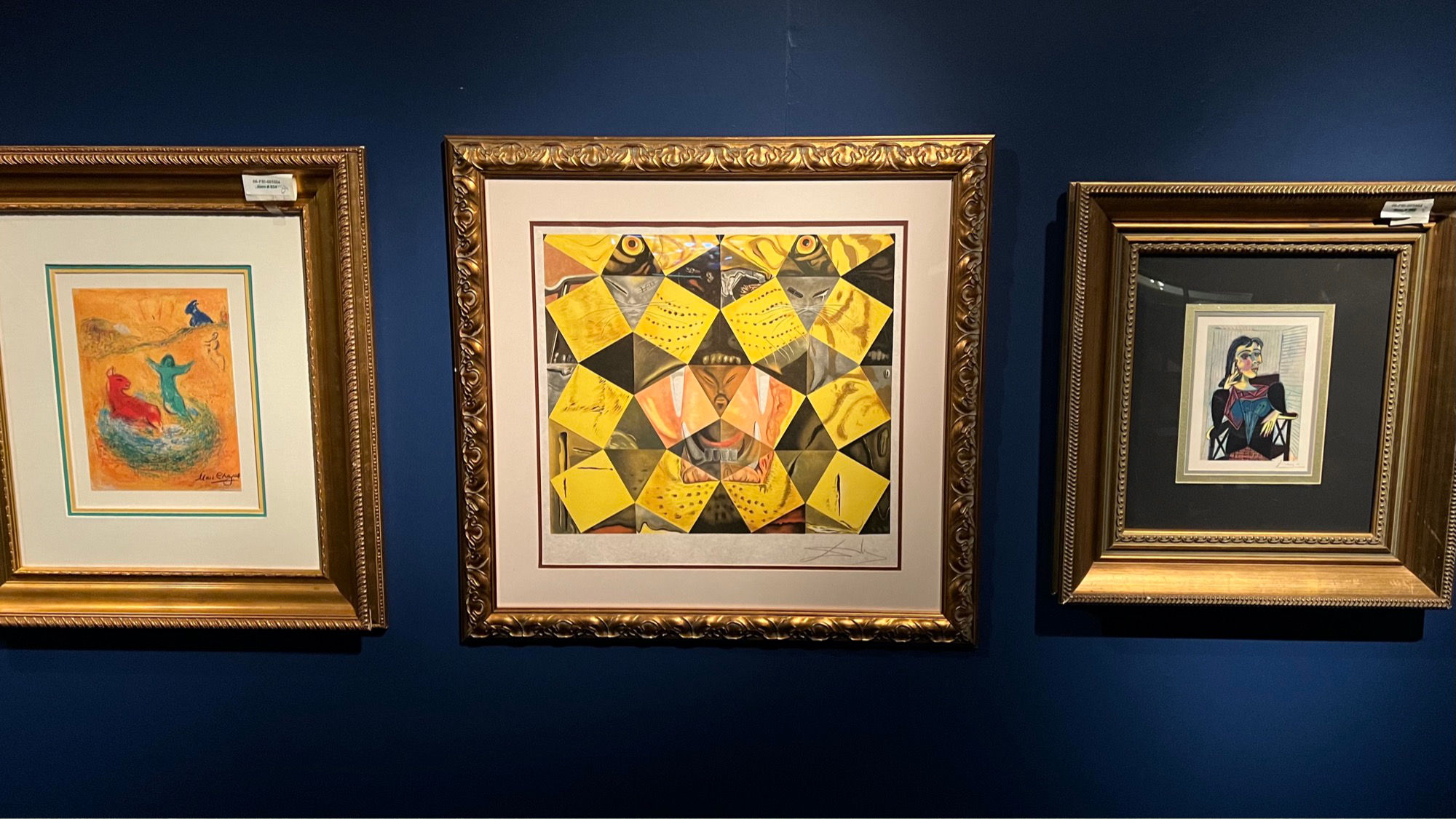
2010
These may appear to be pieces made or autographed by Picasso, Dali, and Chagall, but look again. Fine Art Treasures Gallery sold fake art through an art auction television show, and forged signatures on some of the works. In 2010, the owners and the auctioneer were arrested on conspiracy, wire fraud, interstate transportation of stolen property, and tax evasion charges.
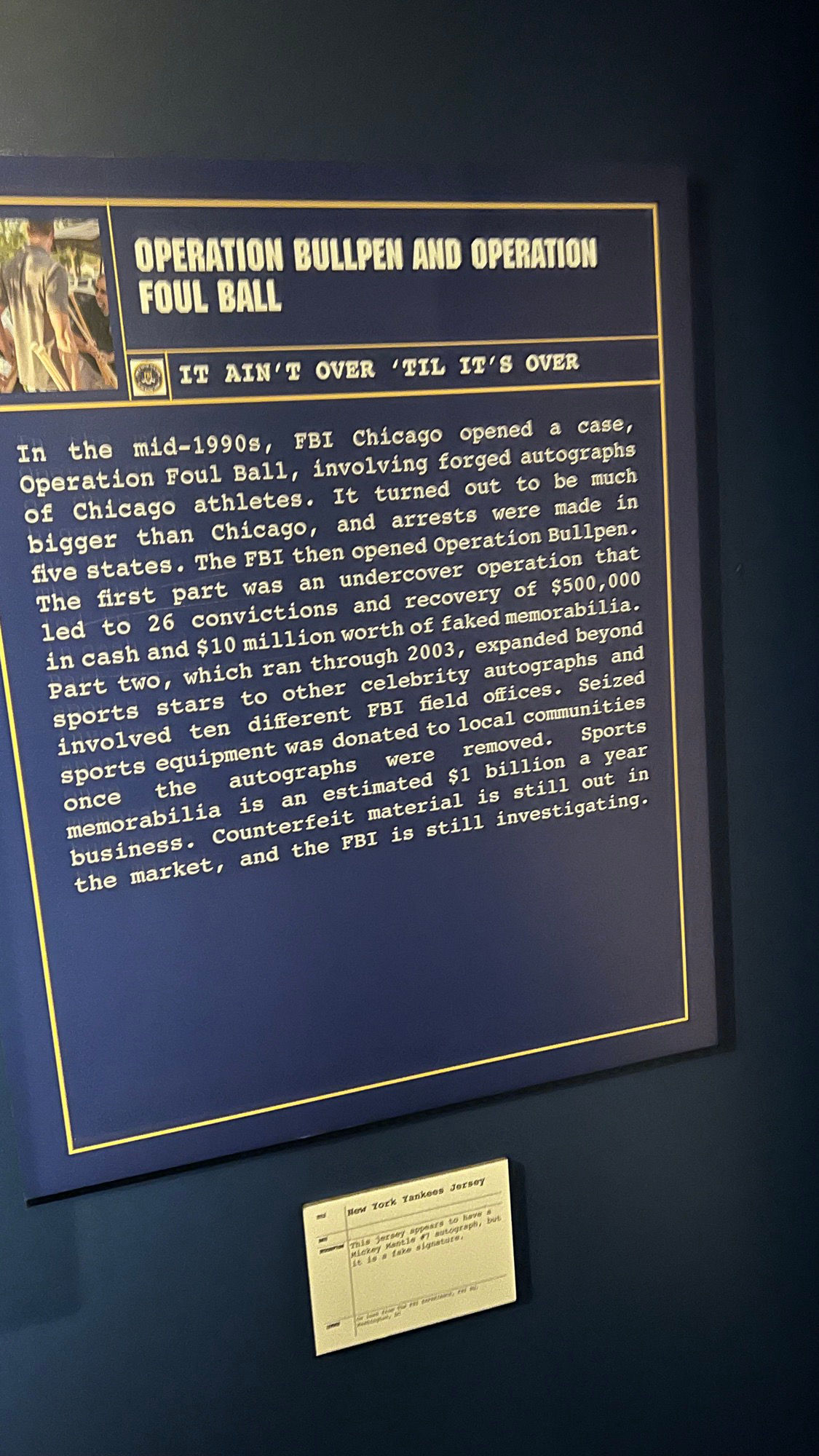
It ain't over 'til it's over
In the mid-1990s, FBI Chicago opened a case, Operation Foul Ball, involving forged autographs of Chicago athletes. It turned out to be much bigger than Chicago, and arrests were made in five states. The FBI then opened Operation Bullpen. The first part was an undercover operation that led to 26 convictions and recovery of $500,000 in cash and $10 million worth of faked memorabilia. Part two, which ran through 2003, expanded beyond sports stars to other celebrity autographs and involved ten different FBI field offices. Seized sports equipment was donated to local communities once the autographs were removed. Sports memorabilia is an estimated $1 billion a year business. Counterfeit material is still out in the market, and the FBI is still investigating.
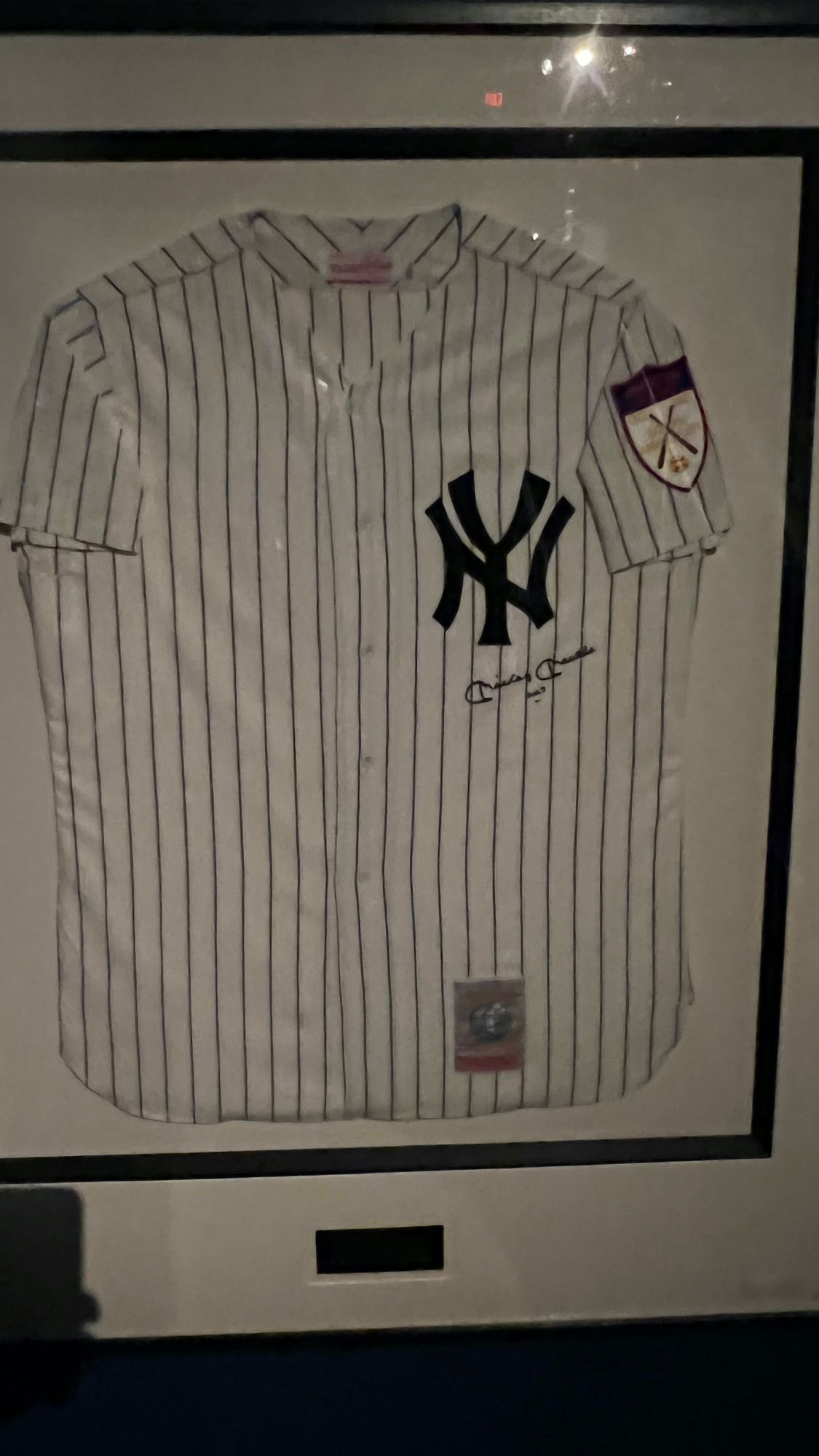
This jersey appears to have a Mickey Mantle #7 autograph, but it is a fake signature.
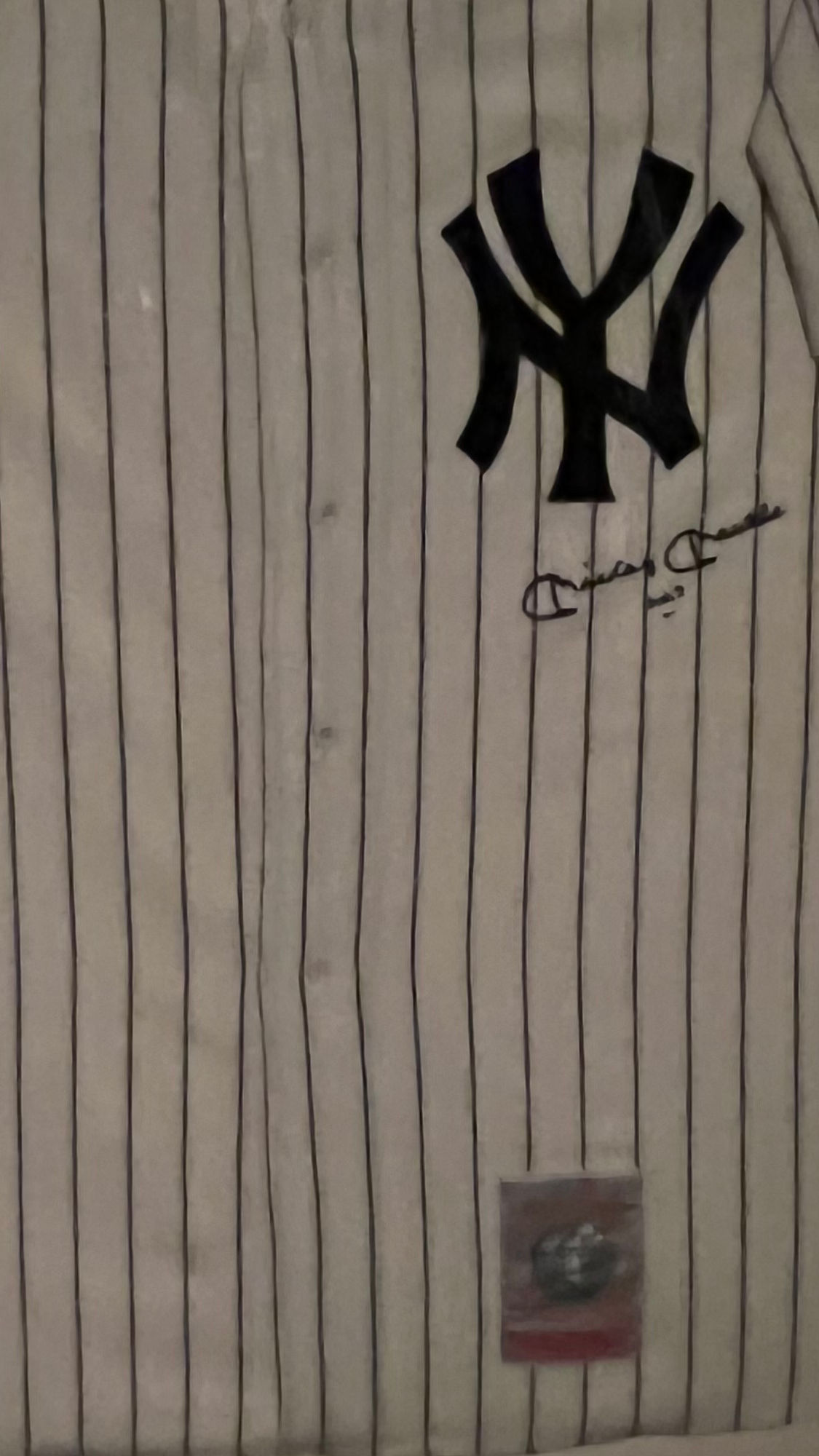
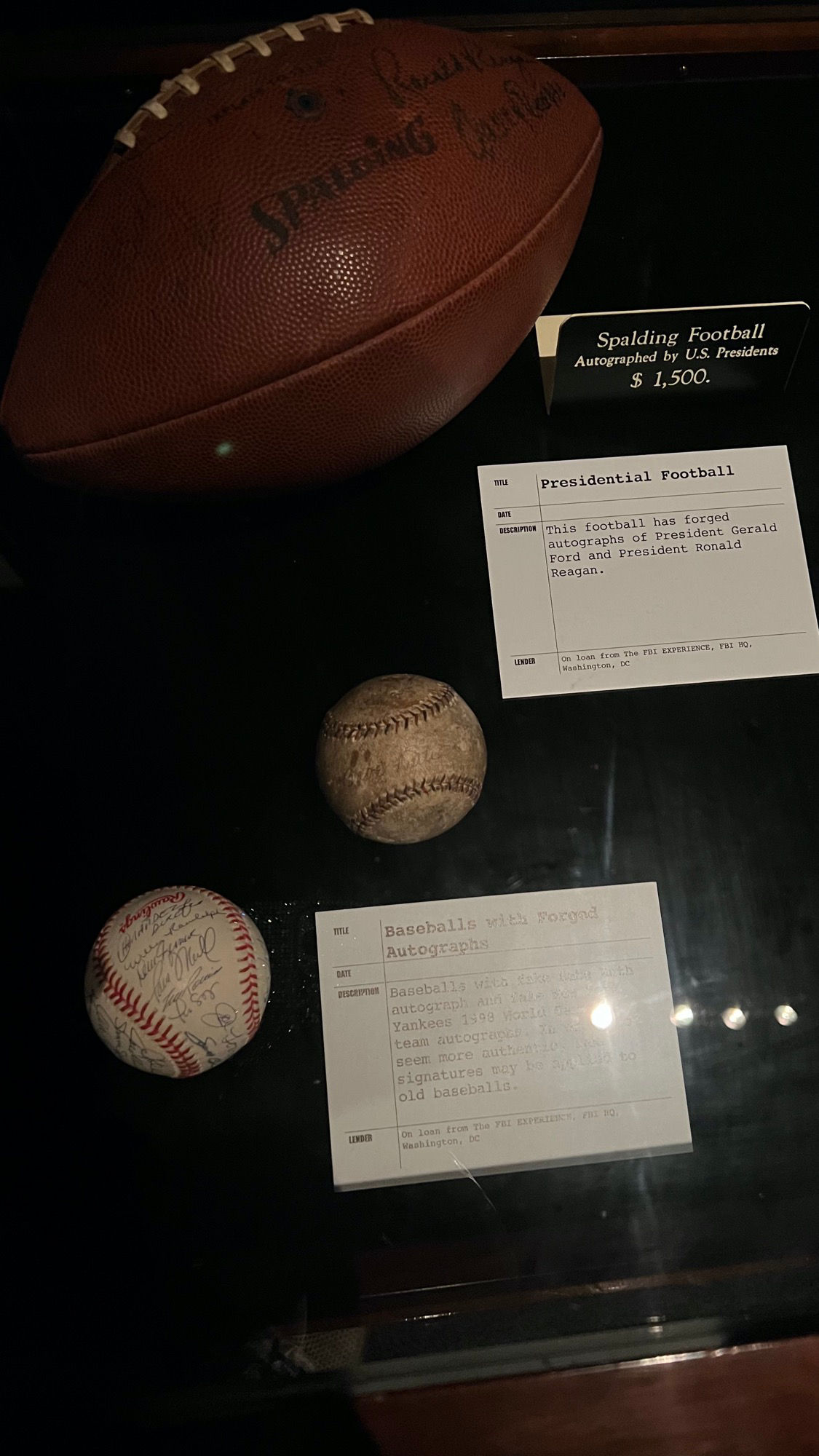
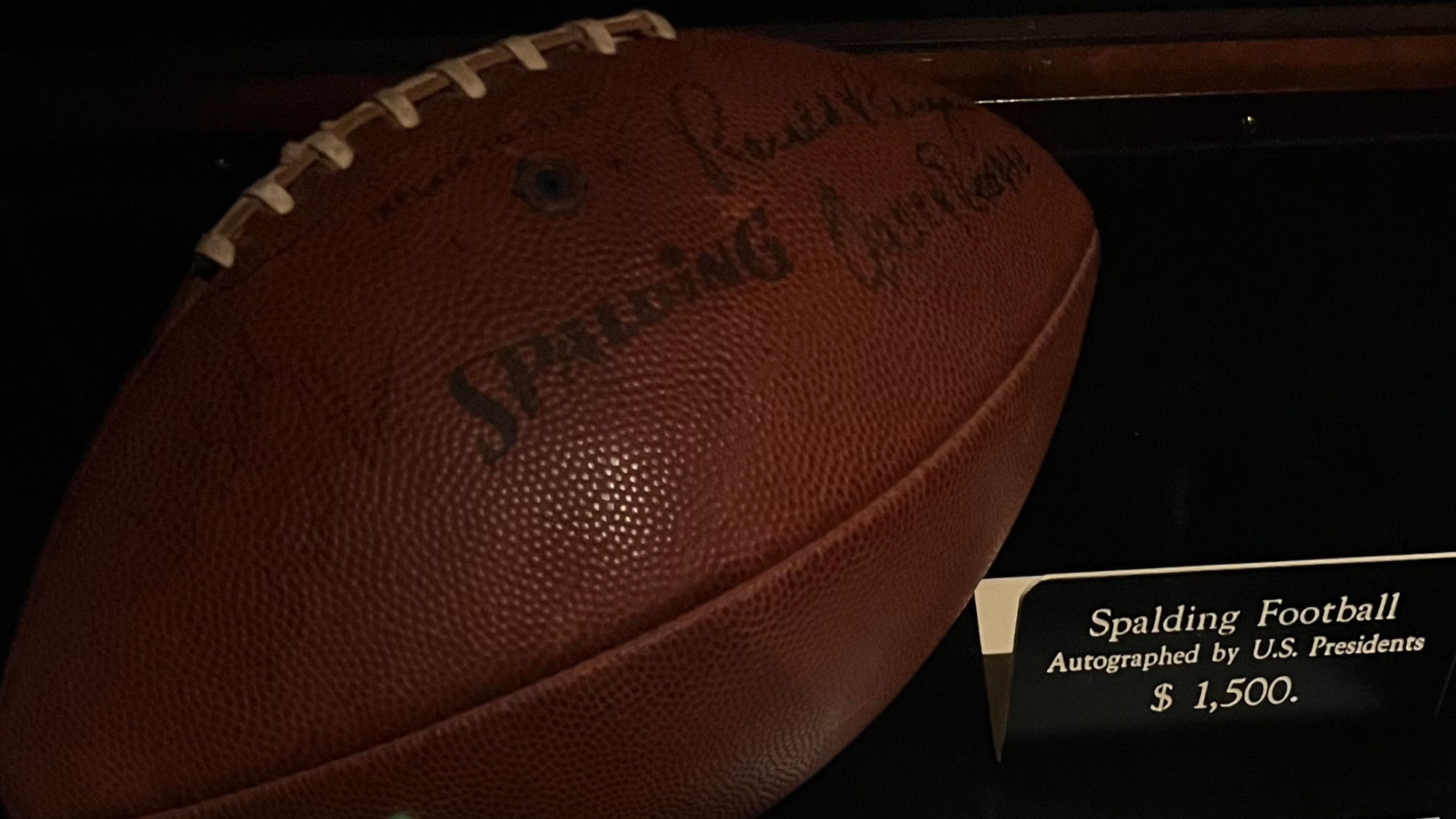
Autographed by U.S. Presidents $1500.
This football has forged autographs of President Gerald Ford and President Ronald Reagan.
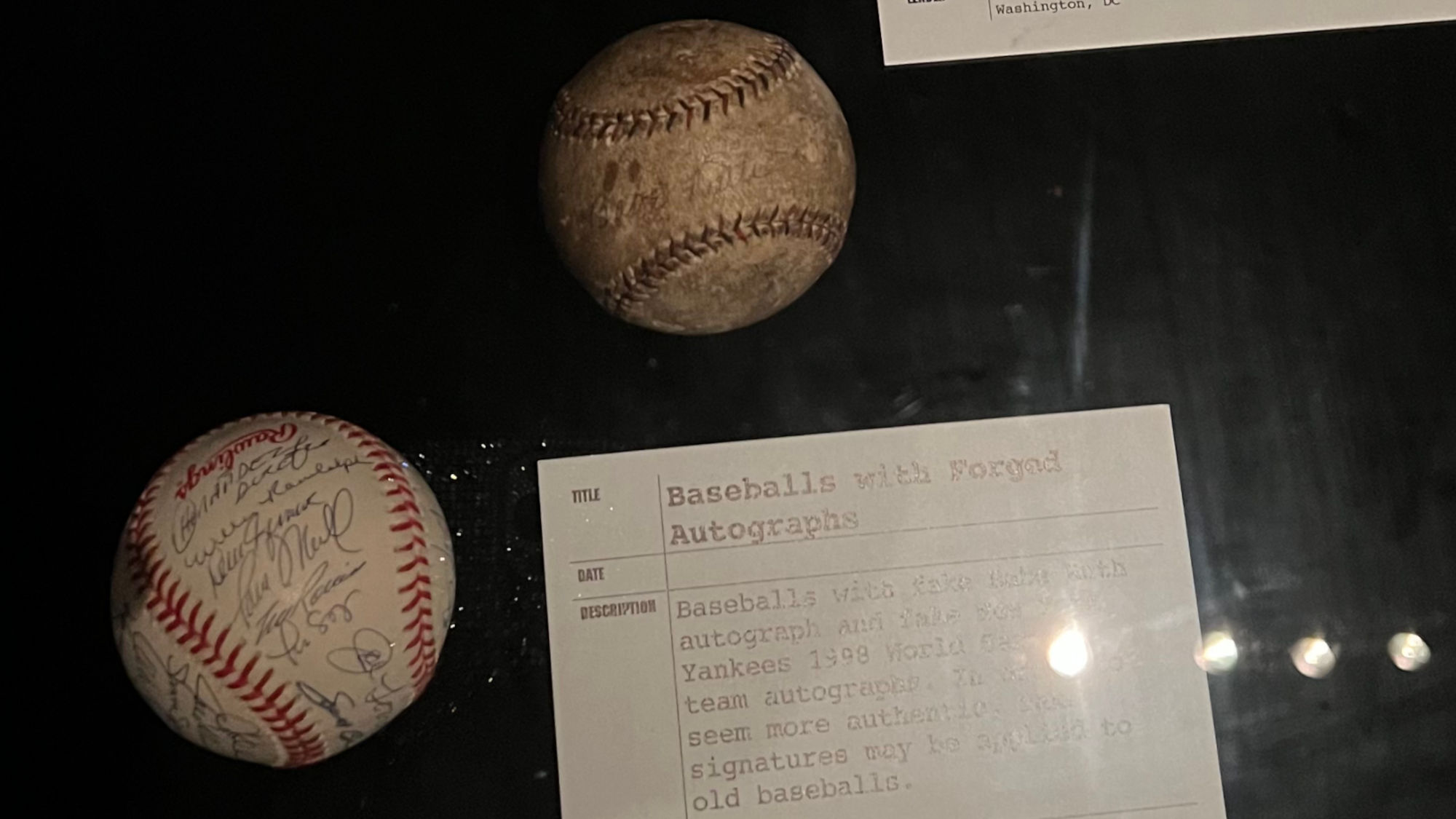
Baseball with fake Babe Ruth autograph and fake New York Yankees 1998 World Championship team autographs. In an effort to seem more authentic, the signatures may be applied to old baseballs.
For fans, baseball season means hot summer days at the ballpark, home runs, curve balls, and peanuts and cracker jacks. For criminals, though, it may seem like a prime opportunity to make money through fraud. And that's just what happened in the U.S. in the 1990s.In the 1990s, the FBI realized there was a major problem threatening the sports and celebrity memorabilia market, and the FBI initiated a sports memorabilia fraud investigation. The investigation initially focused on individuals who forged, fraudulently authenticated, and distributed Chicago athletes' autographed memorabilia.
The FBI and United States Attorney's Office worked jointly with the Internal Revenue Service (IRS) to begin an undercover operation into the fraud in order to take down the criminal enterprise. The undercover operation involved an undercover agent who would pose as a distributor of American memorabilia in Asia so that the FBI could purchase evidence without selling forged items to the public.
It also enabled the investigators to record statements from the criminals talking knowingly about the fraud and conspiring to avoid law enforcement detection. The investigators also worked with professional baseball players to identify forged autographs.
In late 1999, the FBI and IRS were prepared to take down the enterprise and executed over 60 search warrants across the country, with over 400 special agents involved in the operation. The FBI and IRS seized over $500,000 in cash and approximately $10 million in forged memorabilia, including over 10,000 forged baseballs. Items seized had autographs from athletes and celebrities like Mother Teresa, Babe Ruth, Mickey Mantle, Roberto Clemente, and Sammy Sosa.
The FBI and IRS also seized or purchased hundreds of "cut" autographs, which are pieces of paper containing an autograph of an individual who is long dead, to include the autograph cuts of President George Washington, James Dean, Walt Disney, and Elvis Presley.
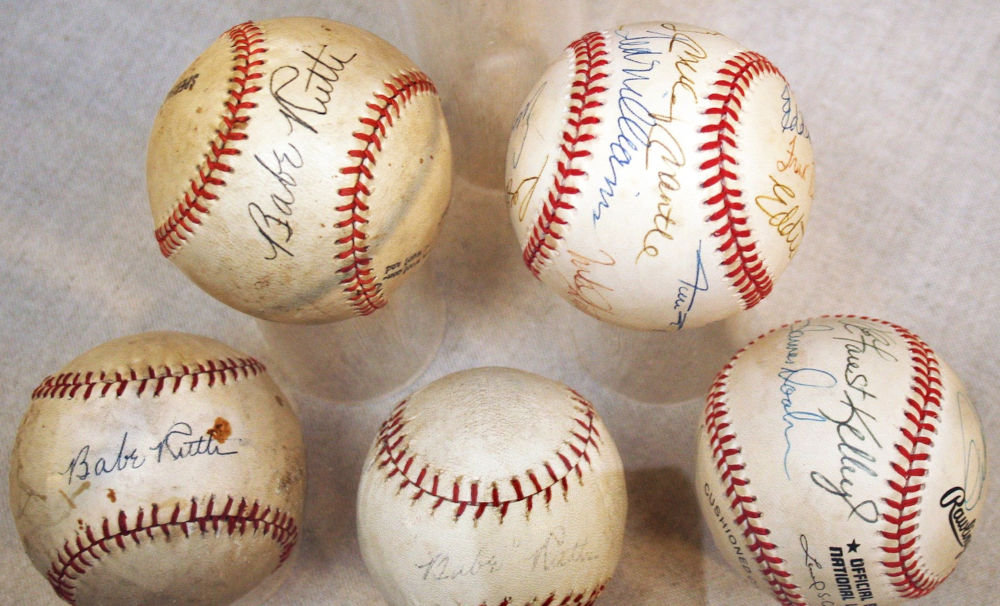 Forged Baseballs
Forged Baseballs
This collection of forged baseballs, which include professional baseball player Babe Ruth’s autograph, were recovered in Operation Bullpen.
FBIOperation Bullpen
Operation Bullpen stands out among FBI investigations for the successful infiltration and dismantling of a major, nationwide network of forgers, authenticators, wholesalers, and retailers responsible for the creation and sale of up to $100 million in forged memorabilia across the entire U.S.
During the 1990s, the FBI identified a major problem threatening the entire sports and celebrity memorabilia market. In the mid-1990s, the Chicago Division of the FBI initiated a sports memorabilia fraud investigation targeting a group of individuals who forged, fraudulently authenticated, and distributed Chicago athletes' autographed memorabilia (including Michael Jordan). The case resulted in the conviction of fourteen individuals in five states involved with forging and distributing forged memorabilia. Information developed by the Chicago FBI's "Foul Ball" investigation suggested that the problem might be national in scope.While it is impossible to definitively estimate the percentage of forged memorabilia, most industry experts concede that over half of the most sought-after athletes' and celebrities' autographed memorabilia is forged. Industry experts estimate that the autographed memorabilia market in the United States is approximately $1 billion per year. Cooperating subjects and memorabilia experts estimate forged memorabilia comprises over $100 million of the market each year.
In 1997, the FBI in San Diego utilized information from Operation Foul Ball and other sources to institute an undercover operation designed to infiltrate the nationwide memorabilia fraud network. Together with the U. S. Attorney's Office and the Internal Revenue Service, an undercover scenario was devised in which an Undercover Agent would pose as a distributor of American memorabilia in Asia. This scenario enabled the FBI to purchase evidence without causing the sale of forged items to the public. It also made the criminals more likely to openly discuss the counterfeit nature of the memorabilia, because it was ‘going overseas' beyond the reach of U. S. law enforcement agencies. To support this "cover story", the FBI established the Nihon Trading Company in Oceanside, California. The goal of this undercover operation was to infiltrate the forged memorabilia market and obtain recorded statements from those individuals who were identified as forgers, authenticators, and distributors of fraudulent memorabilia.
The key evidence in this investigation were recorded statements which provided evidence of the individuals' involvement in forging, fraudulently authenticating, and/or distributing the materials. In Operation Bullpen, referred to as Phase I, the San Diego Division of the FBI conducted well over 1,000 consensually recorded audio and video tapes. During the consensually recorded conversations, numerous co-conspirators made incriminating statements which illuminated the nature and common practices involved with sports memorabilia fraud. For example, one of the conspirators liked to joke to the Undercover Agent how Mickey Mantle still has one arm out of the grave signing autographs. Other conspirators were noting how Wilt Chamberlin was still available for signing weeks after his death.
On April 11, 2000, Operation Bullpen Phase I culminated with the charging of 26 individuals, who were all convicted. During the last five years, Phase II expanded the investigation from predominantly Southern California to a nationwide investigation. During this phase, a multitude of undercover scenarios were instituted to focus on celebrity forgeries in addition to sports forgeries. In this phase, over 2000 consensual recordings were made. Conspirators bragged how their forgeries were better than those of other forgers that they knew. One conspirator claimed if he went to trial, he would testify he actually becomes Babe Ruth. He then joked he could also say he becomes Jackie Robinson and then said he would turn Black (he was Caucasian) for the jury. A total of 18 searches were conducted in 12 states, resulting in 36 additional convictions. All searches were executed after September 11, 2001.
Additionally, although 13 forgery rings (compared to 5 in Phase I) were dismantled, this was investigated with approximately one fifth of the manpower. The tremendous increase in the efficiency of the investigation was attained from the assistance received from the industry and the use of cooperating subjects/witnesses from Phase I. Two counterfeiting card rings were also dismantled. The card portion of the industry is relatively unencumbered by fraud; these two rings are considered anomalies.
As a result of the attention brought about by Operation Bullpen, advances have been made within the sports industry to combat forged signatures and the fraudulent sales of items as ‘game used'. Major League Baseball (MLB) unveiled their own memorabilia authentication program in conjunction with the culmination of Phase I. Their program is similar to what companies such as Upper Deck, Mounted Memories, Steiner Sports, TriStar, and several others have in place. Essentially, each piece of memorabilia is witnessed by a person who places a uniquely numbered hologram on each item which is tracked in a database. These methods have never been pierced by the forgers.
The adoption of witness authenticated programs by other sports leagues would surely help to counteract fraud. In the non-sports marketplace, these programs are almost non-existent. Phase II concentrated on the celebrity marketplace since it is significantly more inundated with forgeries than the sports world. Essentially, celebrity actors and actresses do not conduct paid signings like athletes do. Obtaining a signed picture or poster of a prominent Hollywood celebrity is through chance meetings.
Phase II was also an investigation in ‘cyber space'. The industry, as a whole, has moved in this direction where individual collectors can now easily sell pieces. The forgers unfortunately led the way, realizing the anonymity that the Internet provided for dealing their forgeries. Phase II convicted the largest seller in the world of signed celebrity photos: Truly Unique Collectibles, who mostly sold through their website. Phase II also convicted numerous Internet auction site sellers, who generated millions of dollars in sales.
The subjects convicted in this investigation had all used the story line that their celebrity signed pictures and posters were obtained by ‘runners'. Runners are people who happen to catch a celebrity at an event and obtain a signed picture there. Most of the convicted subjects obtained one or two signatures in this manner and then simply forged many more, claiming they were from the meeting. All of the convicted subjects noted that it was impossible to make a living as a runner. The amount of time needed to get the couple of signatures a person needs, does not generate an adequate income. The overwhelming number of celebrity signed photographs and posters being sold throughout the world are sold under this pretense; this investigation would suggest they are almost all forged.
Although Operation Bullpen has highlighted the fraud problem within this industry, additional education of the public will help eliminate the crime. The industry can be the key for counteracting this fraud with programs such as MLB's. Almost all of the companies performing witnessed/hologramed signings are for athletes. Hopefully, these entities will participate in and demand these authentication programs. Educating the public might also create increased pressure from the consumers for the development and expansion of authentication programs.
Phase III of Operation Bullpen marks the sharing of this forged sports equipment and memorabilia with the San Diego community. From the inception of this investigation, it was a goal to provide local children's charities and crime victim agencies with these materials so that they would ultimately be put to good, honest use.
Accomplishments & Statistics
- 63 charges and convictions
- Seizures exceeding $4.9 million including 5 homes, cash, bank/investment accounts, jewelry, a Ferrari, a boat, and a Harley Davidson motorcycle.
- 18 forgery rings dismantled.
- Over $300,000.00 in restitution paid to over 1,000 victims and continuing.
- $15,253,000 in economic loss prevented in the seizure of tens of thousands of pieces of forged memorabilia through 75 search warrants and over 100 undercover evidence purchases.
WIKIPEDIA Operation Bullpen
FBI investigation into forged celebrity autographs and sports memorabilia that ran from 1999 until 2006. The investigation uncovered $100 million worth of fraud that occurred in the United States.In the 1990s, Operation Foulball in San Diego began uncovering widespread forgeries of baseball memorabilia.
After the FBI became aware that a large forgery ring was operating, they launched a joint investigation with the Internal Revenue Service (IRS).
Wayne Bray, a memorabilia shop owner, met master forger Gregory Marino in 1994. The two became friends, and went into business selling forged Mickey Mantle autographs among other items. A large number of the forgeries were made by Marino, who could perfectly copy signatures on sight and worked 15 hours a day to produce forgeries. Marino estimated that he made over a million forgeries during their operation. They went into business with former deputy sheriff, Stan Fitzgerald, a well known distributor of memorabilia on the East Coast. Over time, their forgery ring grew to include 20 individuals including several members of Marino's family. Marino's father produced lithograph paintings of athletes, which sold for much higher sums once Gregory Marino had added forged signatures to them. Another notable figure was John Olson, who forged around 10,000 autographs, the majority of which were Muhammad Ali.
The forgers used a variety of methods to make their memorabilia appear authentic, including buying old books to use the aged paper inside for autographs, aging baseballs in shellac, storing memorabilia in bags of dog food to make them smell old, and using antique ink and pens to sign them. They made their businesses appear more legitimate by taking out ads on home shopping networks and in official trade publications.
After the results of the investigation came to light, Major League Baseball launched the MLB Authentication Program to ensure the integrity of official memorabilia and to preserve historical records. Other leagues such as the National Football League, National Hockey League and National Basketball Association launched smaller scale efforts at identifying fakes.
